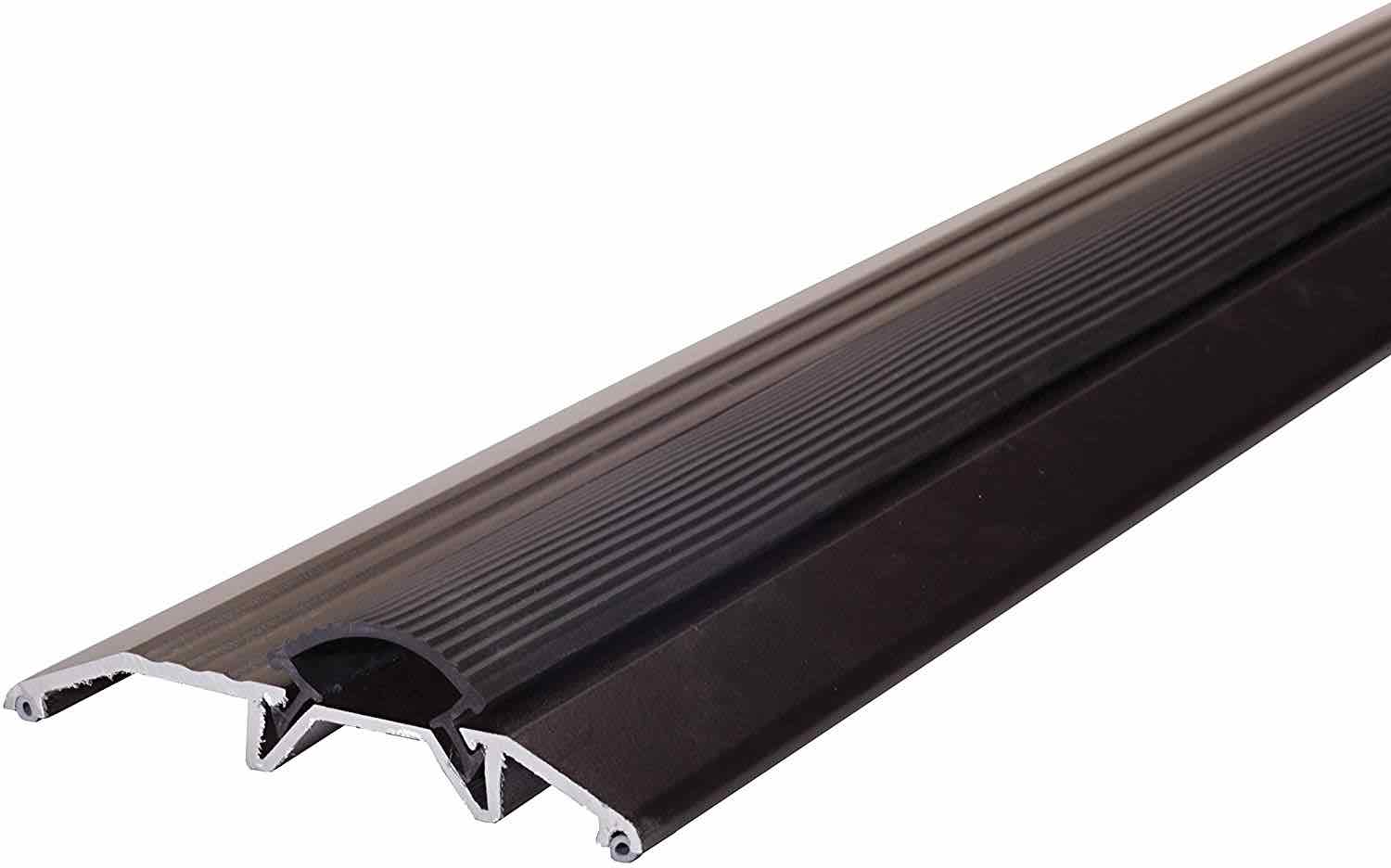Earth day – time to fight some home energy thieves
Welcome to Earth Day. It’s our worst one so far! The earth is heating up, oceans are rising and forests are ablaze. What a great blog post opening! Who’s still with me? It’s hard for us to totally solve these issues as individuals, but we can all do something. Let’s start by slaying some of those home energy thieves. Saving energy helps green the planet, and adds some green to our wallets. And while energy savings may not be the most exciting topic, some quick projects can improve your financial wellness without giving up anything important. Like a nice glass of Merlot, tickets to a Browns game or a new set of clubs. And now is the perfect time to tackle some of these projects while we are all locked down.
We saved 44% on electricity and 12% on gas bills. How ’bout you?
Well it’s great to talk about home energy thieves, but what about actually doing battle with them? What really works and is it worth the effort? We dug in right here at Cashflow Cookbook global headquarters. With a bit of sleuthing, and a few dollars in parts, we managed to save 44% on our electricity bill and 12% on our gas bill. How did we calculate that and what made the difference?
For the gas bill, we compared the heating season gas consumption in 2019-2020 to our consumption this past winter. Log in to your utility company account to check out your own info. After correcting for temperature differences (degree days for the technical among you) our consumption dropped by 12%. How did we get these savings?
Air sealing is usually the best return on energy projects
My basement workroom was freezing cold. After a bit of poking around, it turns out that there was a 3/4″ gap under the door that goes to the unheated garage. A bit of math tells me that is a 22.5 square inch gap or about the same as a 5″ hole in the wall. If you noticed a 5″ hole in the wall of your living room, might you fix it? Hell yah!

I bought a heavy duty threshold and weatherstripping for about $30 and installed it. No breeze under the door and the workroom is nice and toasty. Love that! I checked the other 2 doors that lead to the garage and they were leaking air as well. About another 5 square inches in total. One needed a door sweep and the others had gaps around their door stops. I removed and re-nailed the door stops and muffled that breeze as well.
Up on the second floor, in our Harry Potter closet, our electrician had installed a secondary panel. The cables from the panel head up to the attic, but the hole left a 1″ x 14″ arctic breezeway. I filled it with foam and will build a wooden cover to finish it off.
All told, those changes totaled about 42 square inches of air gap. Whoa that sounds a bit nerdy! Maybe a lot nerdy. For the less geeked among us, that is about the same as a 7″ hole in the wall. As a result of these changes our gas bill dropped 12% which saves us $150/year. Not a bad start, and a warmer, more comfortable home.
What is next for gas savings?
Here are the projects coming up for 2021:
- More air sealing – We still have lots of drafty windows and doors to go. So we will check and replace weatherstripping and ensure that doors and windows aren’t leaking air. Should be able to save another $50/year
- A programmable thermostat – great way to to save about 10% or $120 for us for a one-time investment of about the same. As a side benefit, a cooler room leads to better sleeping in the winter and a greener planet.
- Attic insulation – our 1938 home could use an additional layer of attic insulation. Insulating existing walls can be expensive but most attics can be easily accessed. A few hundred dollars in insulation should save us another $250 a year.
So by next year, we should have saved about $570 a year on our gas bill. Not a huge deal, but once these projects are done, they keep rolling in the savings year after year.
On to some surprises in our electricity bill
We caught the home energy thieves red handed in our electricity bill. Those nasty boys! With a few simple changes, we dropped our bill by 44% vs the same period a year ago. On an annual basis, that will save us about $700 a year. How did we do that?
- Turns out that our roof heaters (melt the snow around the gutters) were wired to a circuit that was permanently on. We installed a simple switch and turn them on only during heavy snowfall, saving about $25/month year round.
- We swapped out our old fridge for a new one saving about $10/month. Bonus: the new one is wider and shallower – my spinach can’t hide behind the chocolate cake anymore.
- Our lightbulbs were mostly incandescent so we swapped them for LEDs throughout the house. Great light, less bulb changing and and more greening of the planet. And savings of about $25/month.
What is next for electricity savings?
- During our kitchen renovations, we will replace our ancient dishwasher with a new, more efficient one. The newer models use about 1/3 the water and will save about $5 a month vs the old one. And they have that nifty silverware rack.
- All of the gas savings ideas about will also carry an electrical savings benefit as our furnace pump will run less in the winter and our air conditioner will run less in the summer, easily saving another $5/month.
So all told on electricity, with current and future projects, we expect to save about $800 a year.
Overall summary of our work on battling our home energy thieves.
Looking at both utility bills we expect to save about $1,400 a year. Once the projects are done, we will be able to realize those savings each year and the actual value will rise with the utility rates.
What to do with the $1,400 in annual savings?
$1,400 isn’t a massive game changer. Maybe head out for 4 or 5 nice dinners out? See what’s on sale at the mall? But here are some better ideas:
- A $116 extra mortgage payment on a $300,000, 30 year mortgage at current rates will save $25,000 and 3 years and 7 months of payments. Nice!
- Investing the $116 monthly at 7% would grow to $20,000 over 10 years or
- $60,400 over 20 years or
- $141,000 over 30 years or
- $304,000 over 40 years. Boom! There’s your Lamborghini right there.
Other ideas to stop home energy thieves whilst greening the planet
- Start by adding up your energy bills and compare them to national averages. As a quick guide, electricity bills average $110 a month, gas $72 a month. These vary a lot by climate and rates. If yours are way out of line, do some investigating.
- Consider a 3rd party energy audit. There may be offers on these from your local utility.
- Change your furnace filters regularly and clean the lint trap in your dryer.
- Turn down your thermostat a couple degrees in the winter and up a couple in the summer. Adjust for the difference with your clothing.
- Turn off lights as you leave a room. Teenagers do this naturally. Kidding.
- Close the doors! Leaving them open while heating or air conditioning is a huge energy waster. There is an exception to this. In my part of the country there is something called a Midwestern Goodbye. A 20 minute farewell in the house followed by a 20 minute lovely-to-see-you-again at the doorway, then a 20 minute let’s-do-this-again-soon at your guest’s vehicle in the driveway with their engine running. Very warm and caring – not great on energy use – but a wonderful custom!
- Check for phantom power loss – electronics use power even when off. Smart power strips can provide savings
Check in next week when we look at an opportunity for much bigger savings in a whole different category with much less work!
What are you doing to save energy and how are you investing the cash? Let me know in the comments below.
Photo credit Allesandro Bianchi at Unsplash






